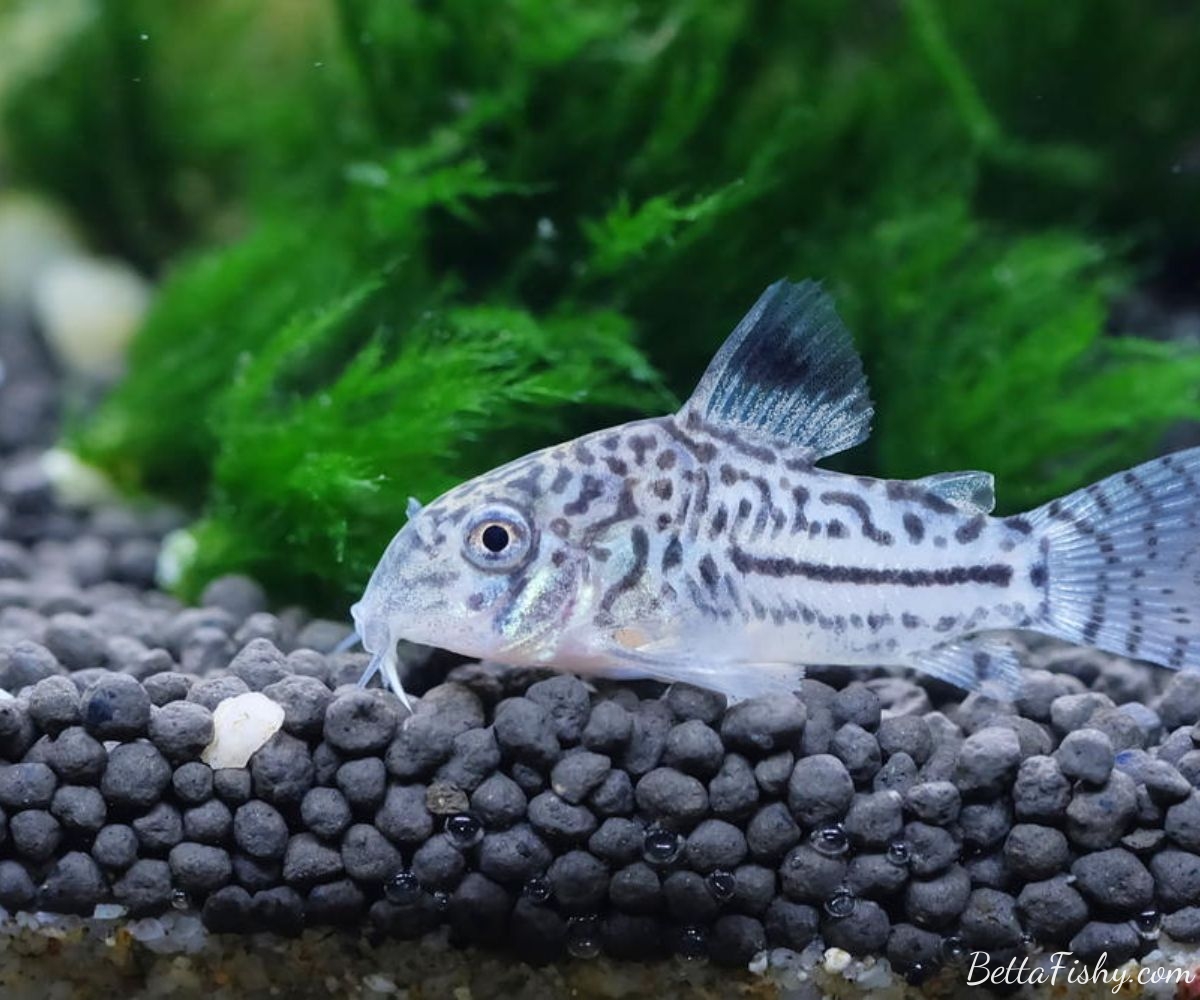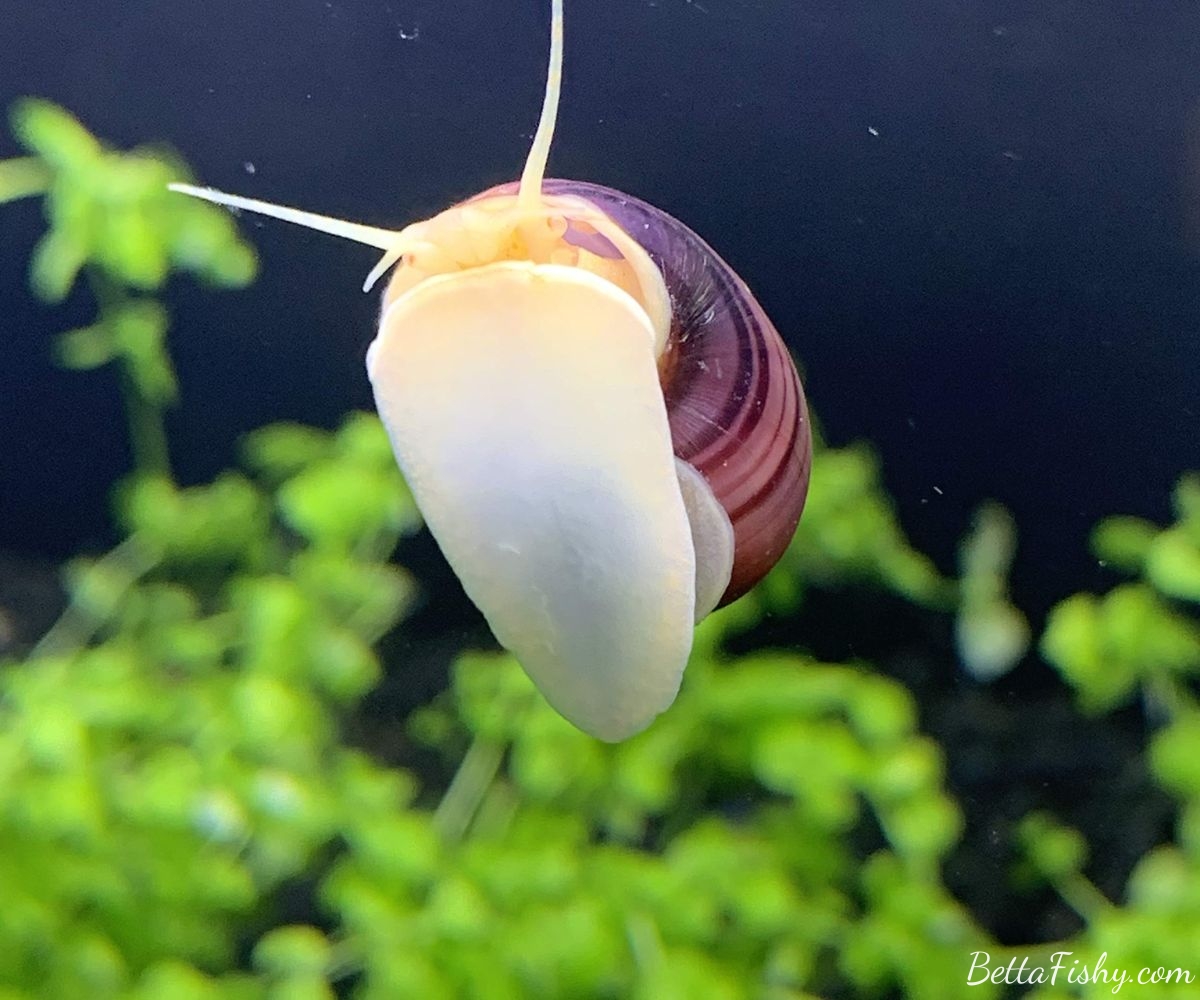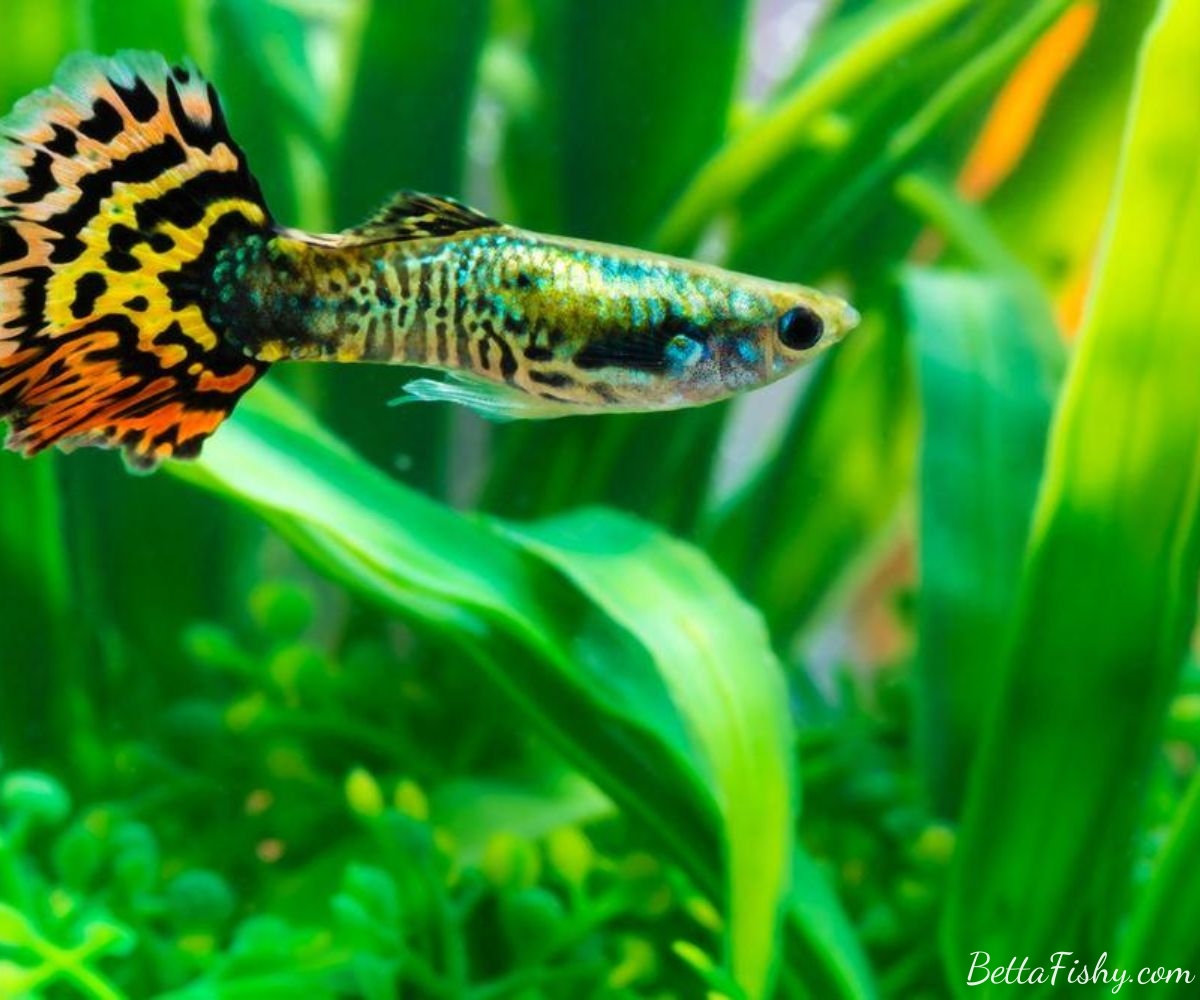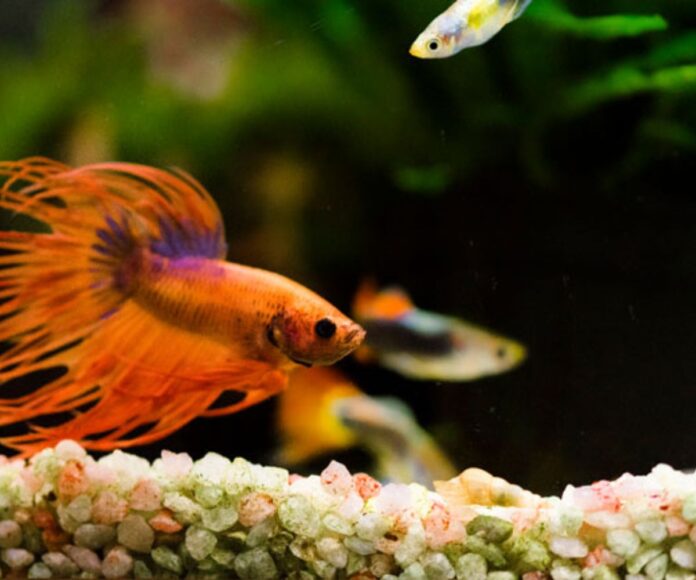Betta fish, also known as Siamese fighting fish, are one of the most popular and beloved aquarium fish. Their vibrant colors, long flowing fins, and unique personalities make them a favorite among fish enthusiasts. However, many people believe that bettas should be kept alone in their tanks due to their aggressive nature. While it is true that male bettas can be territorial and may fight with other fish, there are actually several species that can make great companions for these beautiful fish.
In this article, BettaFishy will explore 10 excellent betta fish companions that can coexist peacefully in the same tank. These companions not only add diversity and interest to your aquarium, but they also provide a sense of community for your betta. So, without further ado, let’s dive into the world of betta fish companions!
10 Excellent Betta Fish Companions
Corydoras Catfish

Corydoras catfish, also known as cory cats or cories, are peaceful bottom-dwelling fish that make great companions for betta fish. They come in a variety of colors and patterns, making them a visually appealing addition to any tank. These small fish have a calm and gentle demeanor, which makes them an ideal match for bettas.
Characteristics
- Size: 2-3 inches
- Lifespan: 5-10 years
- Water temperature: 72-78°F
- Water pH level: 6.0-7.0
- Tank size: At least 10 gallons
- Diet: Omnivorous (flakes, pellets, and frozen/live food)
- Behavior: Peaceful and social
Why They Make Great Companions?
Corydoras catfish are bottom-feeders, which means they occupy a different area of the tank than bettas. This reduces the chances of aggression and competition for food. They are also very social and thrive in groups, so it is recommended to keep them in groups of 3-5. This not only provides a sense of community for the cory cats but also keeps them active and happy.
Moreover, these catfish have a unique behavior of “playing dead” when they feel threatened. This may startle your betta at first, but they will soon learn that the cory cat is not a threat. In fact, bettas often enjoy watching and interacting with their cory cat companions.
Neon Tetras
Neon tetras are small, colorful fish that are native to South America. They are known for their bright blue and red stripes, which make them stand out in any tank. These peaceful fish are a popular choice among betta owners as they add a pop of color and liveliness to the tank.
Characteristics
- Size: 1.5 inches
- Lifespan: 5 years
- Water temperature: 70-81°F
- Water pH level: 6.0-7.0
- Tank size: At least 10 gallons
- Diet: Omnivorous (flakes, pellets, and frozen/live food)
- Behavior: Peaceful and schooling
Why They Make Great Companions?
Neon tetras are schooling fish, which means they thrive in groups of 6 or more. Keeping them in a group not only makes them feel more secure, but it also brings out their natural behavior of swimming together in a synchronized manner. This can be a mesmerizing sight for both you and your betta.
These tiny fish are also very peaceful and non-aggressive, making them a great match for bettas. However, it is important to note that neon tetras are delicate and can easily get stressed if the water conditions are not suitable. Therefore, it is crucial to maintain a clean and well-maintained tank for both your betta and neon tetras to thrive.
Harlequin Rasboras

Harlequin rasboras, also known as harlequin fish or harlies, are another popular choice for betta companions. These small, peaceful fish have a striking appearance with their orange and black diamond-shaped patterns. They are active swimmers and add a lively touch to any tank.
Characteristics
- Size: 2 inches
- Lifespan: 5 years
- Water temperature: 72-77°F
- Water pH level: 6.0-7.0
- Tank size: At least 10 gallons
- Diet: Omnivorous (flakes, pellets, and frozen/live food)
- Behavior: Peaceful and schooling
Why They Make Great Companions?
Similar to neon tetras, harlequin rasboras are schooling fish that thrive in groups. They are very social and will often swim together in a synchronized manner. This not only adds visual interest to the tank but also creates a sense of community for your betta and harlies.
Moreover, these fish are non-aggressive and have a calm demeanor, making them an ideal match for bettas. They also occupy different areas of the tank, with harlies swimming in the middle and top levels while bettas prefer the top and bottom levels. This reduces the chances of aggression and competition for space.
Shrimp
Shrimp may not be the first thing that comes to mind when thinking about betta fish companions, but they can actually coexist peacefully in the same tank. There are several species of shrimp that make great companions for betta fish, including cherry shrimp, amano shrimp, and ghost shrimp.
Characteristics
- Size: Varies depending on species (cherry shrimp: 1 inch, amano shrimp: 2 inches, ghost shrimp: 1.5 inches)
- Lifespan: Varies depending on species (cherry shrimp: 1-2 years, amano shrimp: 2-3 years, ghost shrimp: 1-2 years)
- Water temperature: Varies depending on species (cherry shrimp: 65-80°F, amano shrimp: 72-78°F, ghost shrimp: 70-82°F)
- Water pH level: Varies depending on species (cherry shrimp: 6.5-8.0, amano shrimp: 6.0-7.5, ghost shrimp: 6.5-8.0)
- Tank size: At least 5 gallons
- Diet: Omnivorous (algae, pellets, and blanched vegetables)
- Behavior: Peaceful and social
Why They Make Great Companions?
Shrimp are not only visually appealing with their unique shapes and colors, but they also serve a practical purpose in the tank. They are excellent cleaners and will eat any leftover food or algae, keeping the tank clean and reducing the chances of bacterial growth.
Moreover, shrimp are peaceful and non-aggressive, making them an ideal match for bettas. However, it is important to note that bettas may see shrimp as potential food, especially if they are small in size. Therefore, it is recommended to keep larger shrimp species with bettas and provide plenty of hiding places for the shrimp to feel secure.
Mystery Snails

Mystery snails, also known as apple snails, are another unusual yet compatible companion for bettas. These freshwater snails come in a variety of colors, including gold, blue, and black, adding a unique touch to your tank. They are slow-moving and have a calm demeanor, making them a great addition to any community tank.
Characteristics
- Size: 2-3 inches
- Lifespan: 1-3 years
- Water temperature: 68-82°F
- Water pH level: 7.0-8.0
- Tank size: At least 5 gallons
- Diet: Omnivorous (algae, vegetables, and sinking pellets)
- Behavior: Peaceful and slow-moving
Why They Make Great Companions?
Mystery snails are peaceful and non-aggressive, which makes them a suitable match for bettas. They also occupy different areas of the tank, with snails staying at the bottom while bettas prefer the top and middle levels. This reduces the chances of aggression and competition for space.
Moreover, these snails are excellent cleaners and will eat any leftover food or algae, keeping the tank clean and reducing the chances of bacterial growth. However, it is important to note that mystery snails produce a lot of waste, so regular water changes and maintenance are necessary to keep the tank clean and healthy for all inhabitants.
Otocinclus Catfish
Otocinclus catfish, also known as dwarf suckermouth catfish, are small, peaceful fish that are native to South America. They have a unique appearance with their flat body and sucker-like mouth, which they use to feed on algae. These catfish are a popular choice among betta owners as they help keep the tank clean and add a touch of diversity to the tank.
Characteristics
- Size: 2 inches
- Lifespan: 3-5 years
- Water temperature: 70-79°F
- Water pH level: 6.5-7.5
- Tank size: At least 10 gallons
- Diet: Herbivorous (algae and blanched vegetables)
- Behavior: Peaceful and social
Why They Make Great Companions?
Otocinclus catfish are peaceful and non-aggressive, making them a suitable match for bettas. They are also very social and thrive in groups, so it is recommended to keep them in groups of 3-5. This not only provides a sense of community for the catfish but also keeps them active and happy.
Moreover, these catfish are excellent algae eaters and will help keep the tank clean. They are also very active and fun to watch as they swim around the tank, adding a lively touch to your aquarium. However, it is important to note that otocinclus catfish can be sensitive to water conditions, so regular maintenance and monitoring of water parameters are necessary.
Guppies

Guppies are small, colorful fish that are native to South America. They come in a variety of colors and patterns, making them a popular choice among fish enthusiasts. These peaceful fish are a great addition to any community tank, including one with bettas.
Characteristics
- Size: 2-3 inches
- Lifespan: 2-3 years
- Water temperature: 72-82°F
- Water pH level: 7.0-8.0
- Tank size: At least 10 gallons
- Diet: Omnivorous (flakes, pellets, and frozen/live food)
- Behavior: Peaceful and schooling
Why They Make Great Companions?
Guppies are peaceful and non-aggressive, making them a suitable match for bettas. They are also very active and fun to watch as they swim around the tank. Moreover, guppies are schooling fish and thrive in groups, so it is recommended to keep them in groups of 3-5. This not only provides a sense of community for the guppies but also keeps them active and happy.
Additionally, guppies have a unique behavior of “flashing” their colorful fins to attract mates. This can be a fascinating sight for both you and your betta. However, it is important to note that guppies breed quickly, so it is recommended to keep only males in the tank to avoid overpopulation.
Ember Tetras
Ember tetras are small, peaceful fish that are native to South America. They have a bright orange color that adds a pop of color to any tank. These active swimmers are a great addition to a community tank, including one with bettas.
Characteristics
- Size: 1 inch
- Lifespan: 2-3 years
- Water temperature: 72-82°F
- Water pH level: 6.0-7.0
- Tank size: At least 10 gallons
- Diet: Omnivorous (flakes, pellets, and frozen/live food)
- Behavior: Peaceful and schooling
Why They Make Great Companions?
Ember tetras are peaceful and non-aggressive, making them a suitable match for bettas. They are also very active and fun to watch as they swim around the tank. Moreover, these tetras are schooling fish and thrive in groups, so it is recommended to keep them in groups of 6 or more. This not only provides a sense of community for the tetras but also keeps them active and happy.
Additionally, ember tetras have a unique behavior of “flashing” their bright orange color to communicate with each other. This can be a mesmerizing sight for both you and your betta. However, it is important to note that ember tetras are sensitive to water conditions, so regular maintenance and monitoring of water parameters are necessary.
African Dwarf Frogs
African dwarf frogs, also known as ADFs, are an unusual yet compatible companion for bettas. These small, aquatic frogs are native to Africa and have a unique appearance with their round bodies and tiny legs. They are peaceful and have a calm demeanor, making them a great addition to any community tank.
Characteristics
- Size: 2-3 inches
- Lifespan: 5 years
- Water temperature: 72-78°F
- Water pH level: 6.0-7.5
- Tank size: At least 10 gallons
- Diet: Carnivorous (frozen/live food)
- Behavior: Peaceful and slow-moving
Why They Make Great Companions?
African dwarf frogs are peaceful and non-aggressive, making them a suitable match for bettas. They also occupy different areas of the tank, with frogs staying at the bottom while bettas prefer the top and middle levels. This reduces the chances of aggression and competition for space.
Moreover, these frogs are very entertaining to watch as they swim around the tank and interact with each other. They also have a unique behavior of “singing” to communicate with each other, which can be a fun and interesting addition to your tank. However, it is important to note that ADFs are sensitive to water conditions, so regular maintenance and monitoring of water parameters are necessary.
Bamboo Shrimp

Bamboo shrimp, also known as wood shrimp or fan shrimp, are another unusual yet compatible companion for betta fish. These freshwater shrimp are native to Asia and have a unique appearance with their long, fan-like arms. They are peaceful and have a calm demeanor, making them a great addition to any community tank.
Characteristics
- Size: 2-3 inches
- Lifespan: 2-3 years
- Water temperature: 70-80°F
- Water pH level: 6.5-7.5
- Tank size: At least 10 gallons
- Diet: Omnivorous (algae, vegetables, and sinking pellets)
- Behavior: Peaceful and slow-moving
Why They Make Great Companions?
Bamboo shrimp are peaceful and non-aggressive, making them a suitable match for bettas. They also occupy different areas of the tank, with shrimp staying at the bottom while bettas prefer the top and middle levels. This reduces the chances of aggression and competition for space.
Moreover, these shrimp are excellent algae eaters and will help keep the tank clean. They are also very entertaining to watch as they use their fan-like arms to filter food from the water. However, it is important to note that bamboo shrimp can be sensitive to water conditions, so regular maintenance and monitoring of water parameters are necessary.
Conclusion
As you can see, there are several species that can make great companions for betta fish. These companions not only add diversity and interest to your aquarium but also provide a sense of community for your betta. However, it is important to remember that every fish has its own unique personality, so it is crucial to monitor their behavior and make adjustments if needed.
When choosing betta fish companions, it is important to consider their size, behavior, and water requirements. It is also recommended to introduce new tank mates slowly and carefully to avoid any potential conflicts. With proper research and planning, you can create a harmonious and thriving community tank with your betta and its companions. Happy fishkeeping!


